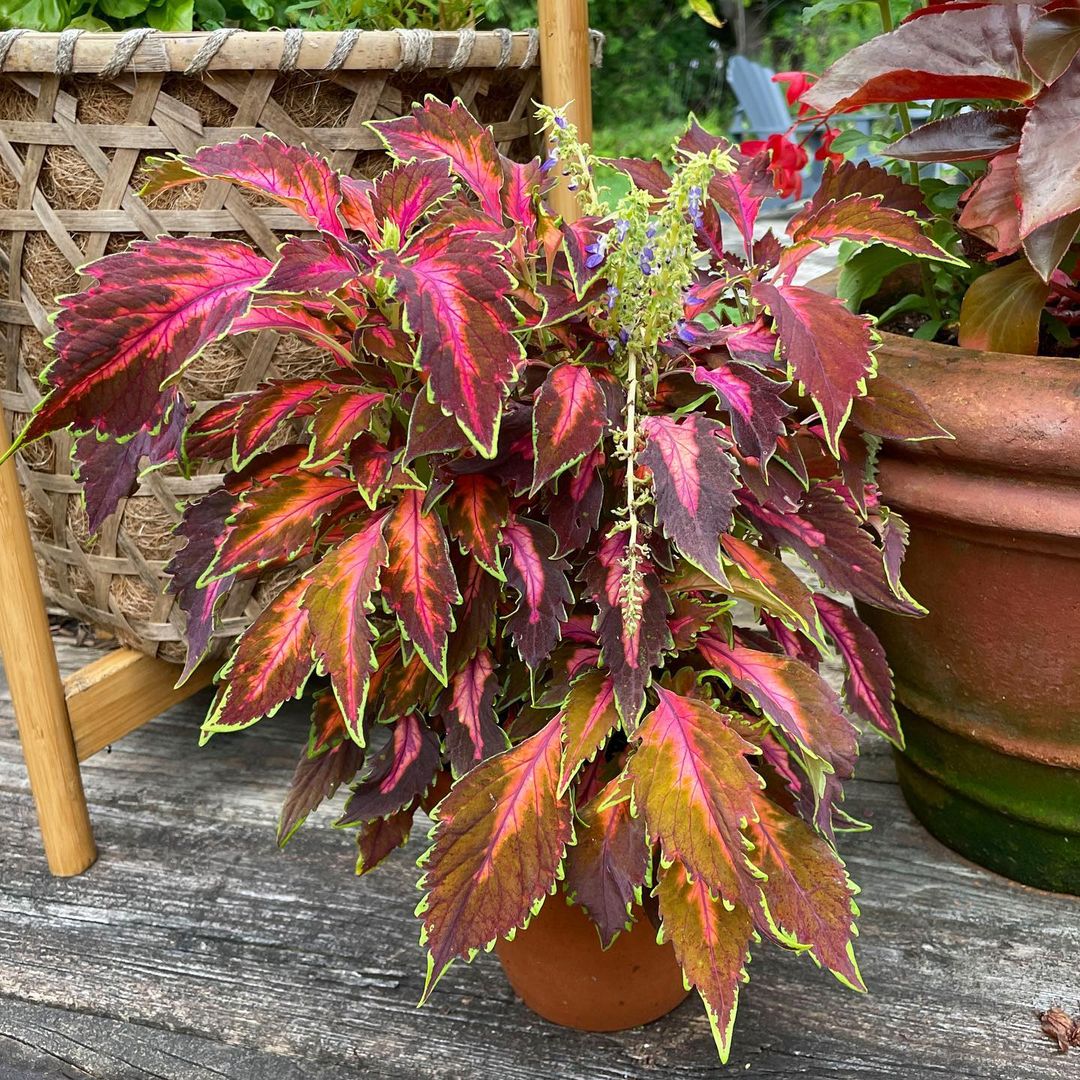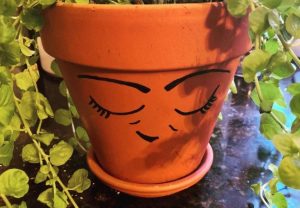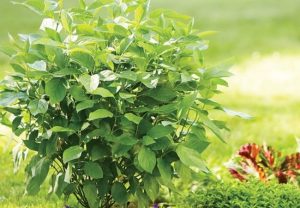Discover the secrets to cultivating a thriving and vibrant Coleus with this detailed care guide. Learn about the ideal water, light, and nutrient requirements for this stunning foliage plant, ensuring it remains a colorful and eye-catching addition to your indoor or outdoor space.
If you’re seeking a plant that radiates energy and vibrancy with its foliage, look no further than the Coleus. This tropical gem, scientifically known as Plectranthus scutellarioides, is renowned for its stunning array of colors and patterns adorning its velvety leaves. From bold reds and purples to vibrant yellows and greens, the Coleus is a true masterpiece of nature’s artistry.
Originating from Southeast Asia and the Malay Archipelago, the Coleus has gained immense popularity worldwide as a beloved houseplant and an eye-catching addition to outdoor gardens. Its versatility and adaptability make it a fantastic choice for both novice and experienced plant enthusiasts alike.
In this comprehensive guide, we’ll delve into the essential care requirements for the Coleus, ensuring you can unlock its full potential and enjoy its captivating beauty for years to come.

Water Requirements
Proper watering is crucial for the Coleus to maintain its lush foliage and vibrant colors. Here are some essential guidelines for watering:
Soil Moisture: Before watering, check the soil moisture by sticking your finger into the potting mix. If the top inch or two feels dry, it’s time to water.
Watering Technique: When watering, thoroughly saturate the soil until water begins to drain from the bottom of the pot. Avoid getting water on the leaves, as this can promote fungal diseases.
Frequency: During the growing season (spring and summer), water your Coleus when the top inch or two of soil is dry, typically every 5-7 days. In the winter months, reduce watering to once a week or when the soil is dry.
Drainage: Ensure your pot has adequate drainage holes to prevent waterlogged soil, which can lead to root rot and other issues.
Light Requirements
The Coleus thrives in bright, indirect light, which is essential for maintaining its vibrant colors and healthy growth. Here’s what you need to know about providing the right light conditions:
Ideal Light: Place your Coleus near a window that receives bright, filtered light. East or north-facing windows are often ideal, providing the right balance of light without direct sun exposure.
Direct Sunlight: While the Coleus can tolerate some direct sunlight, prolonged exposure to intense sun can cause leaf scorching and fading of colors.
Low-Light Tolerance: The Coleus can adapt to lower light conditions, but its growth may become leggy, and its colors may not be as vibrant.
Signs of Insufficient Light: If your Coleus is not receiving enough light, you may notice elongated stems, smaller leaves, and a loss of vibrancy in its colors.
Nutrient Requirements
To maintain its lush foliage and vibrant colors, the Coleus benefits from regular fertilization. Here’s what you need to know about providing the right nutrients:
Fertilizer Type: Use a balanced, water-soluble fertilizer formulated for houseplants or foliage plants. Look for an N-P-K ratio of 10-10-10 or similar.
Frequency: During the growing season (spring and summer), fertilize your Coleus every 2-4 weeks. Avoid fertilizing in the winter when the plant is semi-dormant.
Follow the manufacturer’s instructions for dilution, as over-fertilizing can lead to salt buildup and potential root burn.
Flushing: Occasionally flush the soil with plain water to remove any accumulated salts or minerals from the potting mix.
Potting Mix and Repotting
Choosing the right potting mix and repotting your Coleus at the appropriate time is essential for its overall health and vigor. Here are some tips:
Potting Mix: Use a well-draining potting mix specifically designed for houseplants or foliage plants. A mixture containing peat moss, perlite, and some compost or bark can provide the ideal balance of moisture retention and drainage.
Container: Choose a pot with excellent drainage holes to prevent waterlogged soil. Terra cotta or ceramic pots are ideal, as they allow for better air circulation and water evaporation.
Repotting: Repot your Coleus every 1-2 years, or when it outgrows its current container. Gently remove the plant from its pot, trim off any dead or damaged roots, and replant in fresh potting mix.
Timing: The best time to repot is in the spring or early summer, just before the plant’s active growing season.
Drainage: Ensure your pot has adequate drainage holes to prevent waterlogged soil, which can lead to root rot and other issues.
Pruning and Maintenance
Regular pruning and maintenance are essential to keep your Coleus looking its best. Here are some tips:
Pinching: Pinch back the growing tips of your Coleus regularly to encourage bushier growth and more vibrant colors.
Deadheading: Remove any dead or dying leaves or stems to promote new growth and maintain the plant’s appearance.
Grooming: Gently wipe the leaves with a damp cloth to remove any dust or debris, which can inhibit photosynthesis and dull the colors.
Pest Control: Keep an eye out for common pests like mealybugs, aphids, or spider mites, and treat promptly with an appropriate insecticidal soap or neem oil solution.
With the right care and attention, your Coleus will reward you with its stunning foliage and vibrant colors, adding a touch of tropical splendor to your indoor or outdoor space. Enjoy the low-maintenance nature of this captivating plant and let it brighten up your surroundings with its unique beauty.



